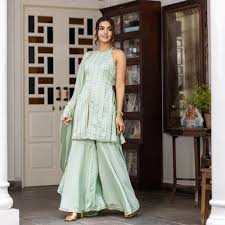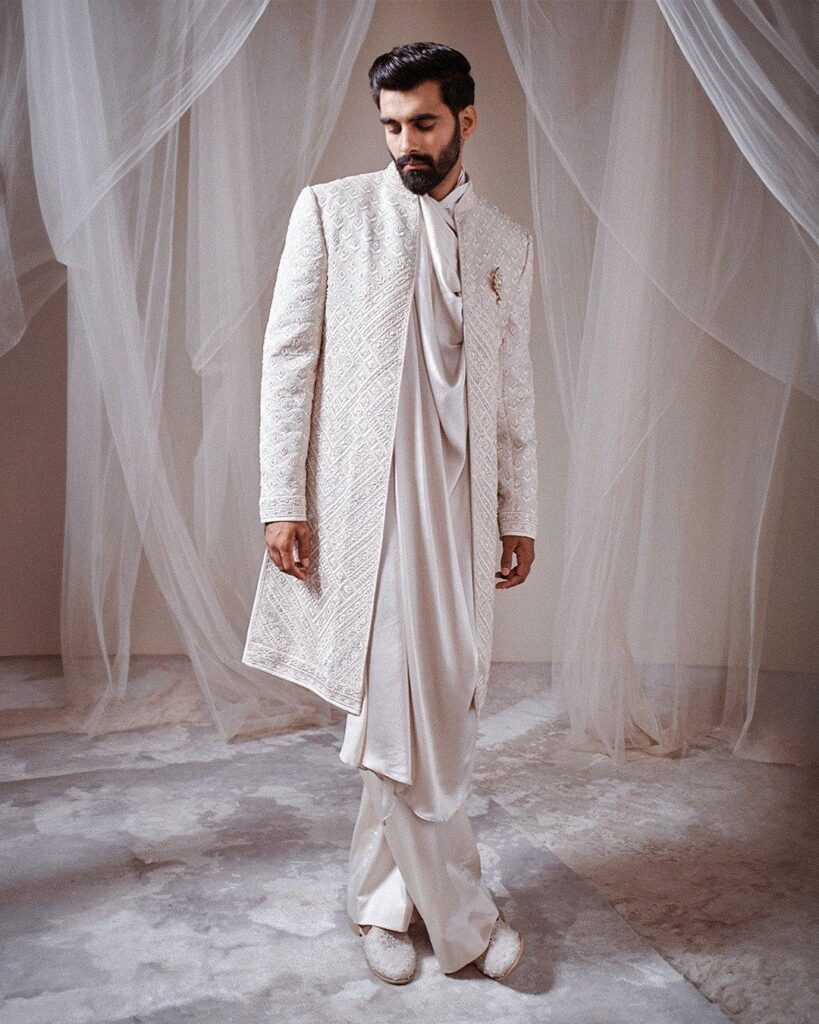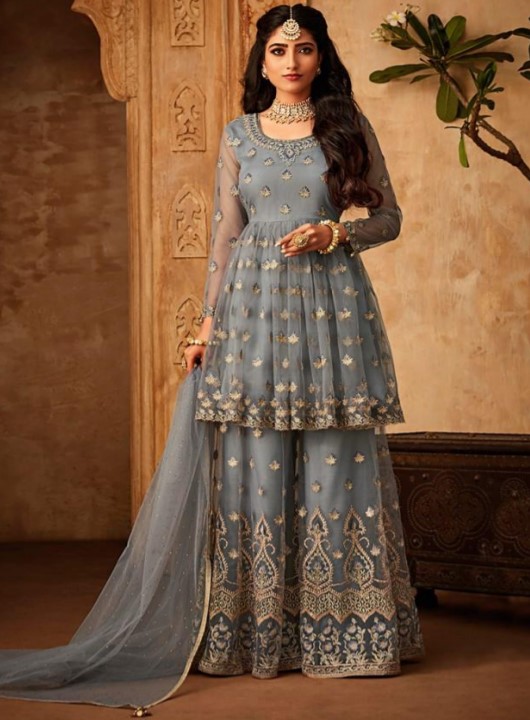Traditional Fashion Outfit
In an age where fast fashion and global trends dominate, the traditional fashion outfit stands tall as a symbol of identity, heritage, and timeless elegance. Whether worn for cultural events, weddings, or festivals, traditional attire connects people with their roots while offering unmatched sophistication.
Across different regions and communities, traditional garments showcase the beauty of craftsmanship, storytelling, and individuality. In this post, we explore the importance of traditional fashion, key outfit styles from around the world, and how modern touches are giving them a fresh edge.

Why Traditional Fashion Outfit Still Matters
Fashion is often seen as a reflection of society, and a traditional fashion outfit is no exception. These garments tell stories passed down through generations—about history, rituals, family, and even geography. Choosing to wear traditional clothing is not just about dressing up; it’s about honoring legacy.
In a world that often prioritizes novelty, traditional outfits remind us of the value of authenticity. They represent cultural pride and offer a break from mainstream, uniform trends. Every thread, motif, and fabric used in a traditional fashion outfit carries deeper significance, making it much more than just a fashion statement.
Popular Traditional Fashion Outfit Styles Around the World
Let’s take a look at some iconic traditional fashion outfit styles that continue to make a mark globally:
1. Saree (India)
The saree is a six to nine-yard drape worn with a blouse and petticoat. Known for its elegance and variety, it’s a staple in Indian traditional fashion.
2. Kimono (Japan)
The kimono, with its straight seams and wide sleeves, is a timeless Japanese garment that represents grace and formality.
3. Dashiki (West Africa)
Brightly colored and rich in patterns, the dashiki is a symbol of African heritage and cultural pride, often worn at celebrations and traditional events.
4. Dirndl (Germany/Austria)
The dirndl is a classic Alpine outfit consisting of a bodice, blouse, full skirt, and apron. It is worn mainly during traditional festivals like Oktoberfest.
5. Hanbok (Korea)
The hanbok is known for its vibrant colors and simple lines without pockets. Worn during traditional Korean holidays, it symbolizes harmony and beauty.
Each traditional fashion outfit has unique aesthetics, fabrics, and meanings—yet all are rooted in cultural significance.

The Modern Twist on Traditional Fashion
While tradition remains at the heart of these garments, today’s designers are finding creative ways to bring a traditional fashion outfit into the modern spotlight. Fusion wear—where traditional styles meet contemporary elements—is growing in popularity.
For instance:
A lehenga paired with a crop top
A sherwani styled with sneakers
A kimono-inspired jacket worn over jeans
These modern adaptations make the traditional fashion outfit more accessible for everyday wear, especially for younger generations who seek comfort, style, and cultural relevance.

Choosing the Right Traditional Fashion Outfit
Here are a few tips to help you select the right traditional fashion outfit:
Understand the Occasion: Choose according to the formality of the event—weddings, religious ceremonies, or festivals may require different levels of traditional detail.
Focus on Fit: A well-tailored outfit enhances your silhouette and adds elegance.
Consider Fabric and Weather: Light cottons and linens for summer; silks and brocades for winter occasions.
Embrace Accessories: Jewelry, headpieces, or traditional footwear like juttis or geta can elevate your look.
Don’t Be Afraid to Experiment: Mix traditional and modern elements to create your own signature style.
Sustainability and Tradition
Another reason to invest in a traditional fashion outfit is sustainability. Unlike fast fashion, traditional garments are often handcrafted, made to last, and worn on repeat occasions. Choosing ethically made traditional clothing supports local artisans and preserves valuable skills.
Many fashion-conscious consumers are now shifting toward slow fashion, where quality and heritage matter more than mass production. This makes traditional outfits a smart and responsible style choice.
Final Thoughts
The charm of a traditional fashion outfit lies in its ability to celebrate who we are and where we come from. In a world chasing the next big trend, these garments remind us to honor the past while embracing the present.
Whether you wear it for cultural pride, a festive celebration, or personal expression, a traditional fashion outfit offers a timeless way to connect with your heritage—while looking undeniably stylish.
